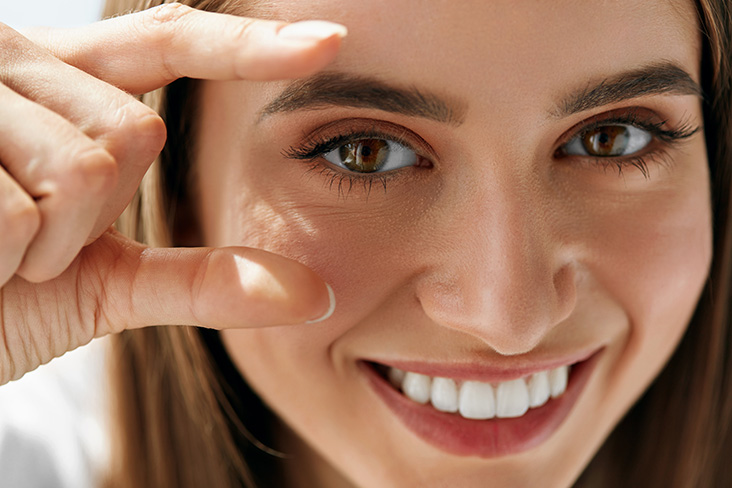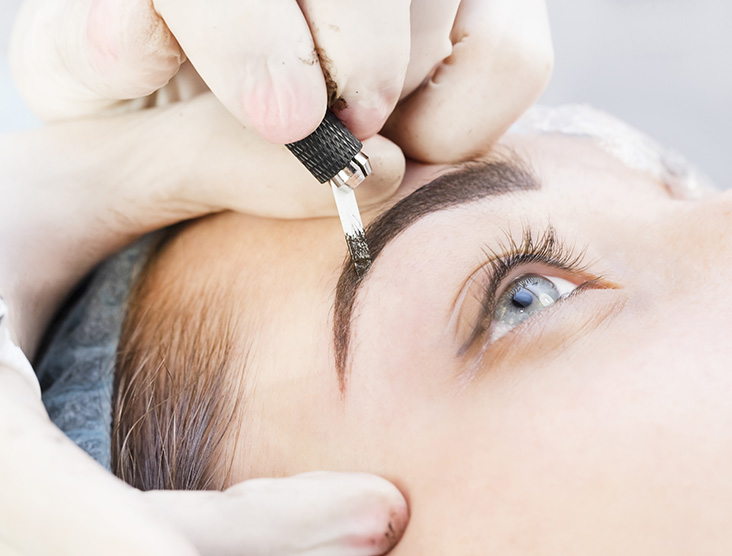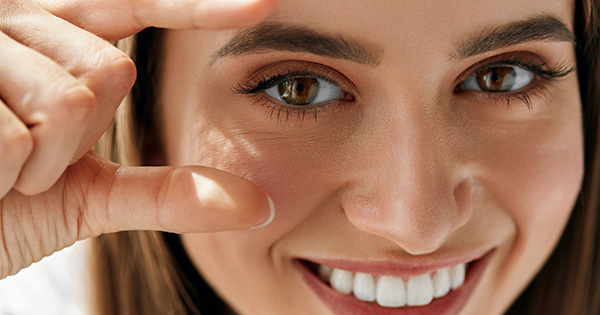Are you on a quest for the perfect eyebrow? Even if you weren’t born with the full and shapely eyebrows that are popular today, there are ways to create better brows that look natural.

To fill in sparse areas or reshape brows into a more flattering arch, many turn to pencils and powders for a temporary solution.
However, using eyebrow makeup requires that you spend time each day to modify your eyebrows, and you risk the smudging that can happen with your other eye makeup. With eyebrow makeup, you’ll never have gorgeous eyebrows first thing in the morning or after a workout.
The problems with eyebrow makeup have many people turning to microblading as a way to get great looking brows without the daily hassle.
What is Microblading?
Microblading is a popular way to get full, natural looking eyebrows. The semi-permanent treatment won’t wash off and won’t need daily maintenance.
Mimicking the look of natural eyebrow hairs, microblading can create the appearance of fuller eyebrows, change the shape of your eyebrows, or fill in sparse eyebrow areas.
The treatment adds pigment into the skin in hair-like strokes that are made with a specialized needle-tipped tool. After making fine incisions into the skin, pigment that has been dyed to match your hair color is applied and absorbed into the incisions.
The resulting brow combines the faux microbladed hairs with your natural hairs to create a better-looking eyebrow.
What to Expect from the Microblading Process
A microblading appointment typically lasts 1-2 hours. To begin, you’ll talk to the esthetician about what eyebrow shape and style you want to achieve.

After marking out your eyebrow, the microblading professional will apply a topical numbing agent such as lidocaine. After the numbing agent takes effect, the technician will then complete the microblading treatment by creating the small incisions and adding pigment.
For the first week after your treatment, the healing process could include some redness, slight scabbing, and itching. After four weeks have passed, some people opt to get a touch-up to refine brow strokes or darken the pigmentation.
The longevity of your microblading treatment is determined by a number of factors, including your age and skin type, with treatments fading quicker on oily skin. Typically, microblading lasts between one and three years, and many clients find that at 18 months they’re ready for a new treatment.
Long-term Microbladed Eyebrow Care
To treat your microbladed eyebrows, use sunscreen daily to help prevent pigmentation from fading. While regular moisturizing is fine, avoid applying anti-aging creams to your brows because the additives could affect the microblading pigments.
Keep in mind that microblading doesn’t stop the growth of your natural eyebrow hairs. Therefore, even after getting a microblading treatment, keep up with your usual schedule of eyebrow waxing and eyebrow tinting.
A smart way to continue your eyebrow maintenance at a much lower cost is to choose beauty treatments at student-run salons such as a Texas-based Ogle School salon. Get professional treatments at a reduced cost, with a full set of skin and hair services available from supervised students.
Stay in the loop about beauty trends at the Ogle School blog.



